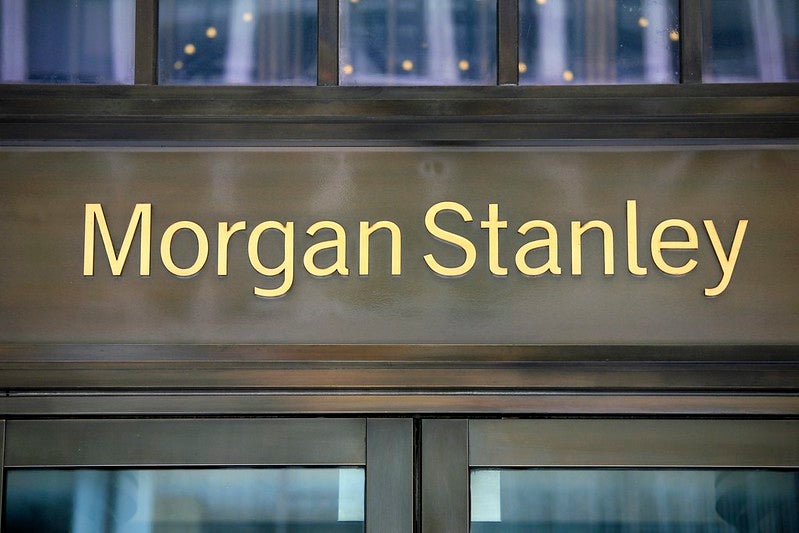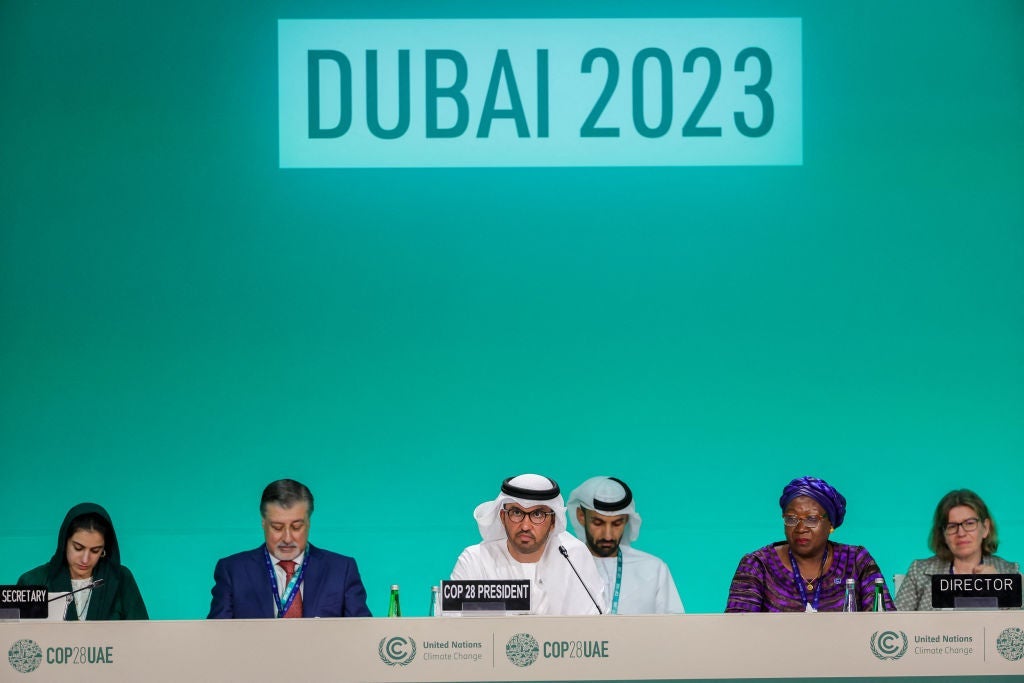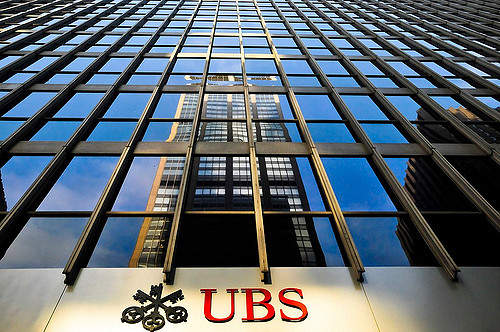Brazils economy may be slowing down but the ranks of high net worth individuals continue to swell. Chris Rocks looks at WealthInsights research that predicts the Latin American powerhouse will create more than 77,000 new millionaires in the next four years almost 50 per day until the start of the 2016 Olympic Games
Brazils position as the dominant Latin American market for high net worth individuals (HNWIs) is well documented, and with the country hosting the World Cup in 2014 and the Olympic Games in 2016, attention will be squarely on the country in the years ahead.
Recent research carried out by research house WealthInsight details how the Brazils HNW landscape will look in 2016, indicating opportunities in a growing wealth sector.
WealthInsights report, Brazil The Future of HNWIs to 2016 The Latin American Giant, looks at a forecast period stretching back to 2007 and forward to 2016 and shows rapid growth in wealth. In 2007 there were 148,538 HNWIs in Brazil according to WealthInsight.
By 2011 there were over 194,000, a 31% increase. HNWIs account for roughly 29% of Brazils total wealth, some $951bn.
This rise in affluence comes on the back of strong growth in the Brazilian economy in recent years.
How well do you really know your competitors?
Access the most comprehensive Company Profiles on the market, powered by GlobalData. Save hours of research. Gain competitive edge.

Thank you!
Your download email will arrive shortly
Not ready to buy yet? Download a free sample
We are confident about the unique quality of our Company Profiles. However, we want you to make the most beneficial decision for your business, so we offer a free sample that you can download by submitting the below form
By GlobalDataBrazil became the sixth largest economy in the world in 2011, overtaking the UK in the process. GDP per capita has almost doubled from $7,224 in 2007 to $12,447 in 2011.
And WealthInsight predicts Brazil will continue to be fertile ground for the creation of wealthy individuals in the coming years, forecasting that between 2011 and 2016 the number of Brazilian HNWIs will increase by 77,885 almost 50 per day until the start of the Olympics in Rio to reach 272,163 individuals by 2016.
The number of core millionaires will increase by 40% to 266,328, while the number of ultra high net worth individuals (UHNWIs) will increase by 41.5%, to reach 5,835 individuals in 2016.
"Our research shows rapid growth in the number of HNWIs in Brazil," says Andrew Amoils, WealthInsights senior analyst.
"HNWIs in other Latin American countries, with less developed banking systems, are also likely to use Brazilian wealth managers and private banks."Economic slowdown knocks HNW investors
Yet the country has not been immune from travails in the global economy.
The financial crisis in 2008 hit the economy, and despite a strong recovery, Brazil is facing economic headwinds again.
China is the countrys largest trade partner and a major buyer of its commodities.
A decline in growth in the Asian giant and falling commodity prices are weighing on economic performance.
The Bovespa index, an index of 50 stocks traded on the São Paulo Stock, Mercantile & Futures Exchange, lost 24% of its value in 2011.
Meanwhile, measures implemented by the government have done little to stimulate growth in the first half of 2012.
Timetric, an economic research firm, expects the economy to rebound in the second half of the year, but now forecast GDP growth of just 1.7% for 2012.
This would be the lowest rate since the height of the global financial crisis in 2009.
This downturn has been felt by some HNWIs: most notably, the countrys former richest person, Eike Batista, who lost some $15 billion from his net worth amid a market rout earlier in the year.
Batista responded bullishly at the time, messaging his almost 1m Twitter followers: "My fortune is in my assets.
"Since I didnt sell a single share, I didnt lose anything!" Increasing opportunities for wealth managers.
And the changing economic landscape in Brazil is also set to create opportunities for wealth management firms.
In response to slowing economic activity the Brazilian Central Bank (BCB) has cut the benchmark SELIC rate eight times since August 2011, from 12.5% to an historic low of 8%.
While Brazils HNWIs remain relatively conservative, holding a considerable part of portfolios in either cash/deposits or fixed-income, the normalisation of interest rates, together with volatility in the stock market, will push investors to diversify portfolios in search of higher returns.
Wealth allocated towards alternative assets should grow by 52% to 2016 according to Amoils, who also points to a crackdown on offshore centres by regulators as a factor driving up the need for wealth managers.
Despite the opportunities for foreign players, research shows that Banco Itau, a local incumbent, controls 25% of Brazils private banking market by assets under management (AuM).
Itau has grown faster than foreign competitors since 2007, largely due to the financial crisis which saw many international banks selling non-core assets to strengthen balance sheets.
International banks are expected to step-up their Brazilian presence going forward as operations are moved out of Europe, towards growth markets.
Bank of America (Merrill Lynch) with 8% of AuM, and UBS with 7%, already have a significant presence in the market.
The effects of the sale of Merrill Lynchs International Wealth business to Julius Baer are yet to be seen.
Credit Suisse Hedging Griffo also has a significant presence. Others are expected to follow as competition to service Brazils wealthy increases.
Lesser-known centres outperform São Paulo and Rio
Wealth management companies may be advised to look to some lesser known locations for opportunities according to WealthInsight.
While UHNWIs in Brazils two largest cities, São Paulo and Rio de Janeiro, have fared well since 2007, growing by 15% and 30% respectively, Belo Horizonte was the top performing city for UHNWIs in the review period, with growth of 56%.
The table (see right) lists the number of private banks and wealth managers operating in Brazils major cities, as well as a ratio of wealth management offices per UHNWI, an indicator for how saturated the industry is.
Amoils points to cities like Goiania and Fortaleza, which have numberous UHNWIs but few or no wealth managers or private banking offices, as the places offering the best potential for wealth managers.
In contrast, established cities like São Paulo and Rio de Janeiro have a relatively high number of wealth managers per UHNWI.
Private banks should move quickly. Places like Belo Horizonte and Fortazela also stand to gain as host cities for the 2014 World Cup and an increase in international exposure.
Building up local knowledge and presence will take time. Acquisition-hungry incumbents with local market experience have an advantage in a region previously identified with financial volatility.
But the current economic instability in Brazil makes this an opportune time to enter the market.






